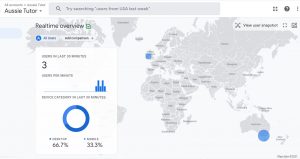Willingness to Pay (WTP) is the maximum amount someone is willing to pay for a good or service. There’s frequently a gap between hypothetical and actual WTP and learning about it will help you decode your own behaviour and enable you to make economically sound decisions. Only possible we have strong background knowledge in Economics.
Many people think of economics as just curves, models, and relationships, but in reality, economics is much more nuanced. Much of economic theory is based on assumptions of how people behave rationally, but it’s important to know what to do when those assumptions fail. Learning about cognitive biases that affect our economic decision-making processes arms you with the tools to predict human behaviour in the real world, whether people act rationally or irrationally.
Learning economic theory is one thing but developing the tools to make business decisions is another. Economics will teach you the basics and also give you concrete tools for analysis. For example, conjoint analysis is a statistical approach to measuring consumer demand for specific product features. This tool will allow you to get at the surprisingly complicated feature versus price trade-offs that consumers make every day.
For example, pretend you work for Apple Inc. and you want to know what part of the iPhone you should improve: Battery life, screen size, or camera. A conjoint analysis will let you know which improvements customers care about and which are worth the company’s time and money.
Source: Harvard Business School




